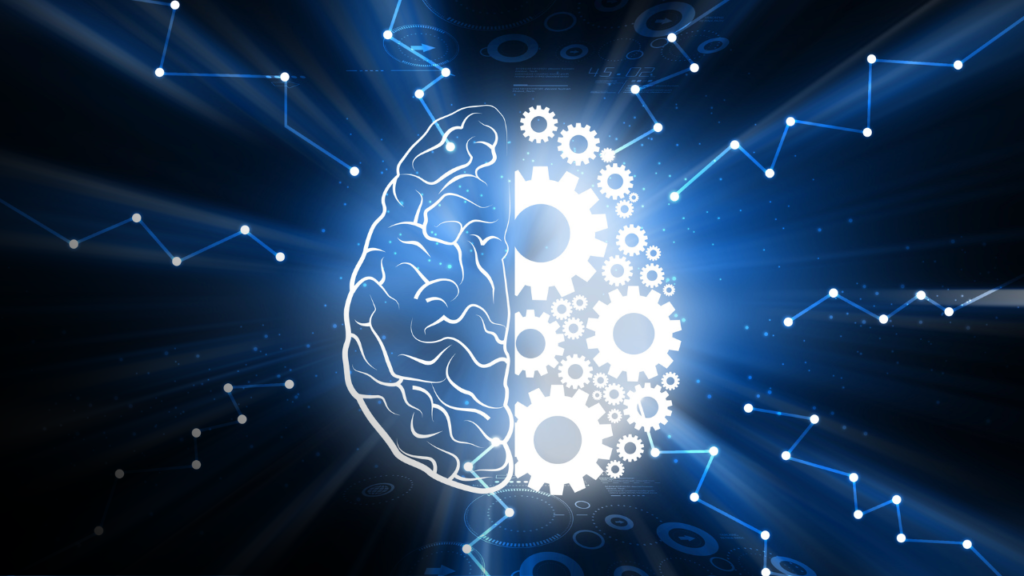“I don’t want to be a great problem solver. I want to avoid problems—prevent them from happening and doing it right from the beginning.”
― Shane Parrish, The Great Mental Models: General Thinking Concepts
We need to optimize brain power and discover the best ways to make intelligent decisions in order to be competitive in the world. This is about streamlining decision-making. Let’s talk about mental models and how they can optimize your brain power.
None of us can know everything. True—but there are tools we can use as we face decisions. One of the tools is AI. However, taking it back to a purely human approach, we need to master mental models. As we apply the right mental model to each situation, it is like a shortcut to thinking—mental models provide you with tools that allow you to think more clearly about a given situation.
So, what is a mental model?
According to Shane Parrish, “A mental model is simply a mental compression of how something works. It applies to any idea, concept, or belief. We cannot keep all of the details in our heads, so we use models to simplify the complex into understandable and organized chunks.”[1]
One such model is Charlie Munger and Warren Buffet’s Circle of Competence. It advises that when it comes to investment strategies you are better off sticking to areas and sectors where you have a level of expertise.
The Eisenhower Matrix, also known as the Urgent-Important matrix, is a mental model that most of us use, and we probably do not even realize we are doing so. “The Eisenhower Matrix is a task management tool that helps you organize and prioritize tasks by urgency and importance. Using the tool, you’ll divide your tasks into four boxes based on the tasks you’ll do first, the tasks you’ll schedule for later, the tasks you’ll delegate, and the tasks you’ll delete.”
Simply put, there are four quadrants: Urgent and important, Important but not Urgent, Urgent but not Important, and Not Urgent and Not Important. The Eisenhower Matrix helps most of us by showing us what to focus on, what matters most, and how to manage time effectively. It provides a structured framework for prioritizing tasks. This approach reduces procrastination, minimizes stress, and ensures that important tasks are not neglected in favor of less important ones. Ultimately, it helps individuals become more productive and, therefore, achieve their goals effectively.
As we leverage mental models, we become efficient in our thought processes. We become more effective in making good decisions than if we just try to sit there amidst masses of data with no plan or approach. Mental models are tools.
On your tool belt, you have a hammer, you have a screwdriver, you have a saw, and you have a hex wrench. But, ask any craftsperson and they will tell you, if you try to use a hammer with a hex screw, it is not very effective. But you use a hex wrench with a hex screw, and you apply the right tools to the right problem, and suddenly life is easy. This metaphor emphasizes the importance of choosing the most suitable approach, or tool, to achieve the desired outcome efficiently and effectively. Similarly, the Eisenhower Matrix helps individuals identify the most appropriate strategies for managing their tasks based on their urgency and importance, leading to better productivity and outcomes.
As I was growing up, my father was a master electrical engineer, and he had lots of tools. When I went to school, I originally wanted to go into computer science; my father said, that’s fine, but that’s just one tool. If you go into electrical engineering, you get more tools on your tool belt! That way you can attack many more different and varied kinds of problems.
He was right; in today’s world, we need people who are nimble. We need people who have different skills and leverage flexibility, and as I have talked about before, that’s exactly why I push for a curated education. The more tools that we can add to our tool belt – the better and more agile we’ll be.
Mental models are another wonderful set of tools that allows us to think more clearly and efficiently, and we need to be using these tools in the most effective ways that we can. Full disclaimer, I am not perfect at it. I too am still learning, but I appreciate the fact that there are tools out there. Some of them are obvious. We have used them all our lives and just didn’t realize it. However, as you delve into mental models, you will likely find some decision-making tools that you will wish you’d been using your whole career.
Mental models are fundamental to how we understand and navigate the world around us. Whether we are making decisions, solving problems, or learning new concepts, mental models provide us with frameworks to interpret information and make sense of complex situations. As long as humans continue to think and learn, mental models will remain an integral part of our cognitive process. In case you read the two models above and feel that you “know” those already and have nothing further to learn on the mental model front, ask yourself if you are using other mental models when appropriate like: hidden bias (you should be familiar with this one); Bayes’ Theorem; broken window theory; when does Dunbar’s number come into effect; and literally scores of others.
These are the tools that help you learn how to use your brain better, and that is the most fantastic tool we have (yes, even more fantastic than A.I.).
[1] https://fs.blog/tgmm/.
[2] https://asana.com/resources/eisenhower-matrix.
